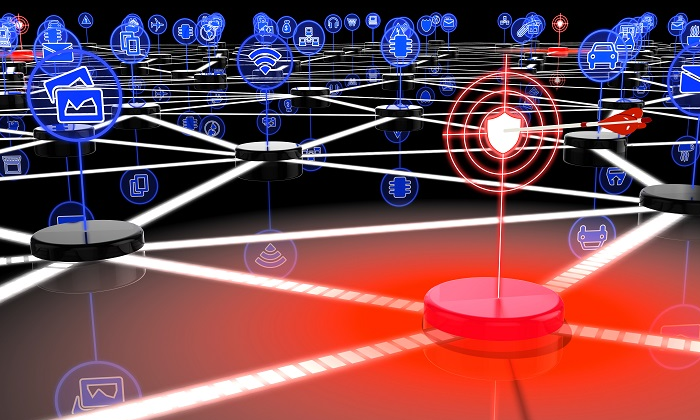Security News

AT&T and Microsoft are teaming up to enable enterprises to seamlessly connect machines and equipment to the cloud with highly secure network connectivity across the globe. As part of the effort, AT&T is working with Microsoft to deliver an integrated IoT solution with Azure Sphere.

Ordr announced the availability of the Ordr IoT Discovery Program to uncover shadow IoT devices and their corresponding risks with a turnkey solution that takes minutes to deploy. The Ordr IoT Discovery Program is a complete kit-cloud-managed IoT sensor and Ordr Core software - to get organizations up and running within minutes, not weeks.

Showing code overlaps with Mirai and its variants and reusing Gafgyt code, Mozi has been highly active over the past year, and it accounted for 90% of the IoT network traffic observed between October 2019 and June 2020, although it did not attempt to remove competitors from compromised systems, IBM researchers say. The large increase in IoT attacks might also be the result of a higher number of IoT devices being available worldwide, thus expanding the attack surface.

The Mozi botnet, a peer-2-peer malware known previously for taking over Netgear, D-Link and Huawei routers, has swollen in size to account for 90 percent of observed traffic flowing to and from all internet of things devices, according to researchers. IBM X-Force noticed Mozi's spike within it's telemetry, amid a huge increase in overall IoT botnet activity.

The acquisition will help Accenture build cloud-based industrial internet of things platforms that speed up and optimize clients' production and logistics and enable them to reduce quality and waste issues along the entire supply chain. SALT Solutions will join Accenture Industry X, which helps clients improve how they operate factories and plants.

The U.S. House of Representatives this week passed the IoT Cybersecurity Improvement Act, a bill whose goal is to improve the security of IoT devices. First introduced in 2017 and reintroduced in 2019, the IoT Cybersecurity Improvement Act will now have to pass the Senate before it can be signed into law by the president.

A team of academic researchers have discovered a Bluetooth Low Energy vulnerability that allows spoofing attacks that could affect the way humans and machines carry out tasks. It potentially impacts billions of Internet of Things devices, researchers said, and remains unpatched in Android devices.

Digi International announced the latest release of Digi Remote Manager, its device and network management cloud platform. Digi Remote Manager expands its ability to simplify device deployment and maintenance, ensure network uptime and security, and provides new levels of network management so that the network team is not required to change their business processes to accommodate rigid network tools.

ADTRAN will offer cost-effective solutions that enable service providers, cloud providers and IoT sensor providers to better support the millions of IoT sensors connecting to the access network, diversify their customer base and generate new revenue opportunities. According to the Mordor Intelligence IoT Market Forecast, the global IoT market is expected to reach a value of $1.2561 trillion by 2025 at a CAGR of 10.53% during the period of 2020-2025.

Advanced building controls can help keep air clean to reduce the risk of the spreading coronavirus indoors while sensors can send an alert if a room goes over capacity.